
Аннотация
During the German occupation of Holland, tobacconist Henri Osewoudt is visited by Dorbeck. Dorbeck is Osewoudt's spitting image in reverse. Henri is blond and beardless, with a high voice; Dorbeck is dark-haired, and his voice deep.
Dorbeck gives Osewoudt a series of dangerous assignments: helping British agents and eliminating traitors. But the assassinations get out of hand, and when Osewoudt discovers that his wife denounced him to the Germans, he kills her too.
Having survived all the dangers, at the end of the war, Osewoudt is himself taken for a traitor and captured. He cannot prove that he received his assignments from Dorbeck. Worse, he cannot prove that Dorbeck ever existed. When he develops a roll of film that should show a photograph of the two of them together, the picture is a dud. He flees from prison in panic and is dishonourably shot on the run.
The story of Osewoudt's fateful wanderings through a sadistic universe is thrilling. Is Osewoudt hero or villain? Or is he a psychopath, driven by delusions? It is the impossibility of ascertaining whether Osewoudt was on the "right" side or the "wrong" side — the moral issue of the Second World War in a nutshell — that makes Hermans' novel as breathtaking now as when it was written a decade after the war.


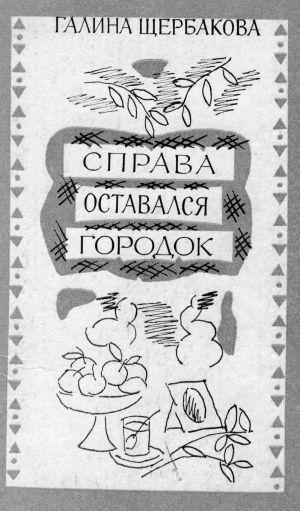
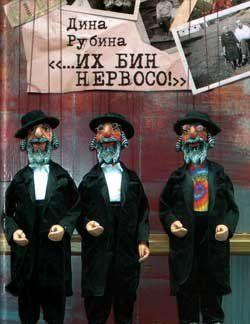
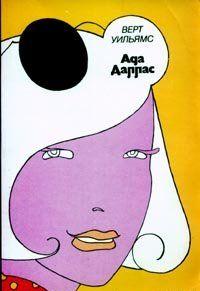


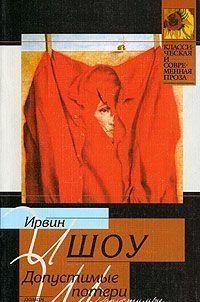

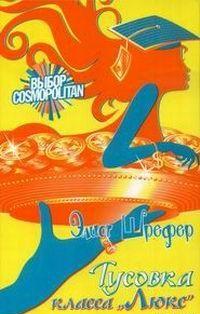


Комментарии к книге "The Darkroom of Damocles"